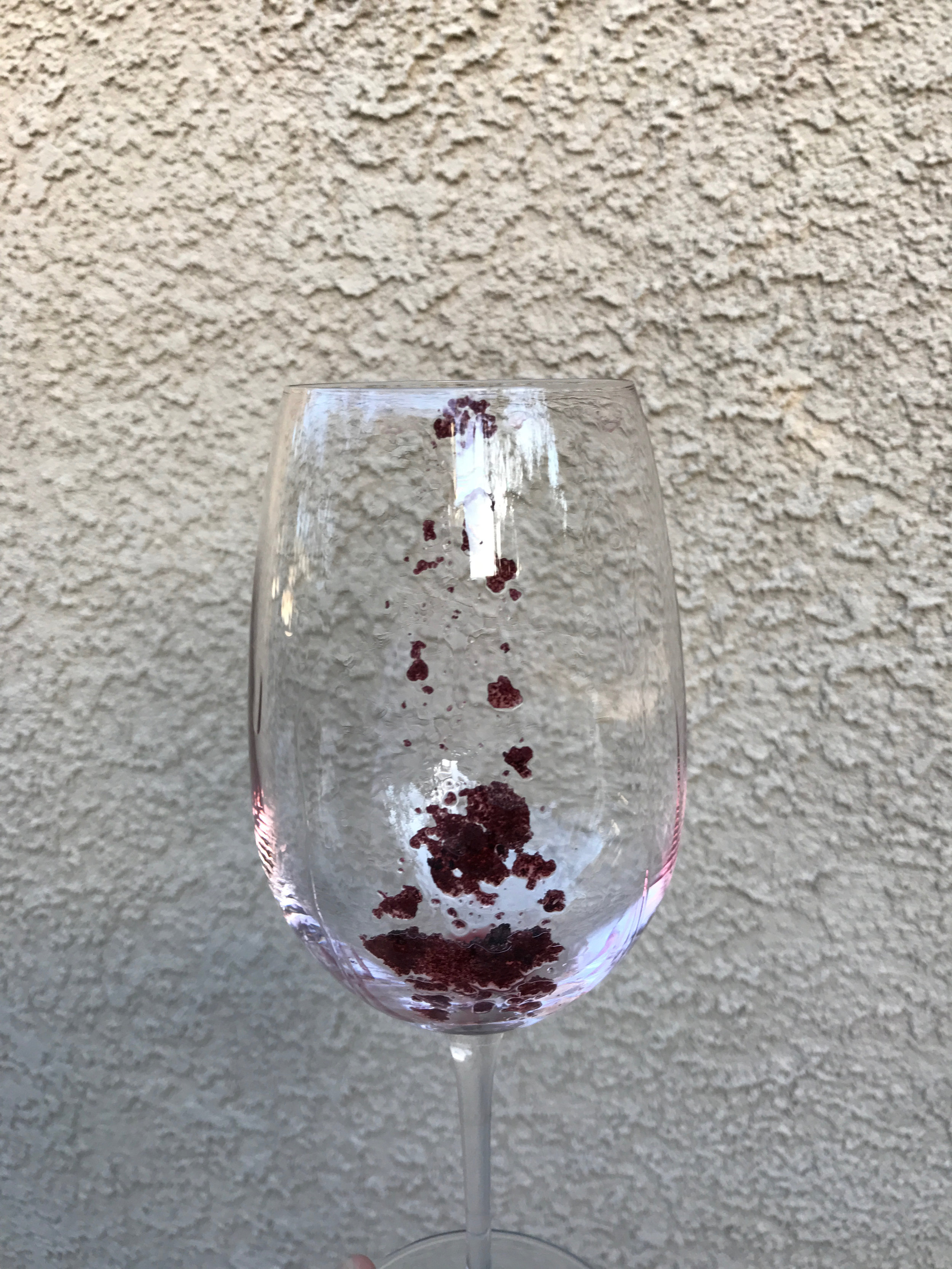Last time we learned that wine makers use clarifying agents in the ‘fining’ process to remove small natural particles that exist in wines. These particles includes microscopic protein particles from grape skins, seeds and dead yeast. And, the most common agents used in clarify or fining a wine are gelatin (an animal protein), albumin (egg whites), casein (animal milk protein) and isinglass (fish bladder). While these agents do a very good job of clinging to particles and then being removed from the wine, they disqualify a wine from being considered vegan.
So, what does someone who is a vegan do? Well, as the market for vegan wines grows, wine makers are learning to make wines without the use of animal products.
Wine makers can choose to either leave the particles in the tank or barrel and allow them to sink naturally to the bottom (a slower, more costly, but completely natural method), or use non-animal based fining products.
Today many winemakers use clay-based fining agents such as betonite, an unusual form of clay, or carbon (activated charcoal). There is even a man-made plastic substance called poly vinyl poly pyrrolidone (PVPP) that is an effective synthetic water-soluble polymer fining agent. There are even vegetable-based gelatins, and other protein fining agents that are being derived from peas and potatoes.
So, vegans, don’t despair. There are wine makers looking out for you. Now, you need to look out for them. Check the label. If it’s vegan, they want you to know and will prominently feature it on the label. Cheers!





